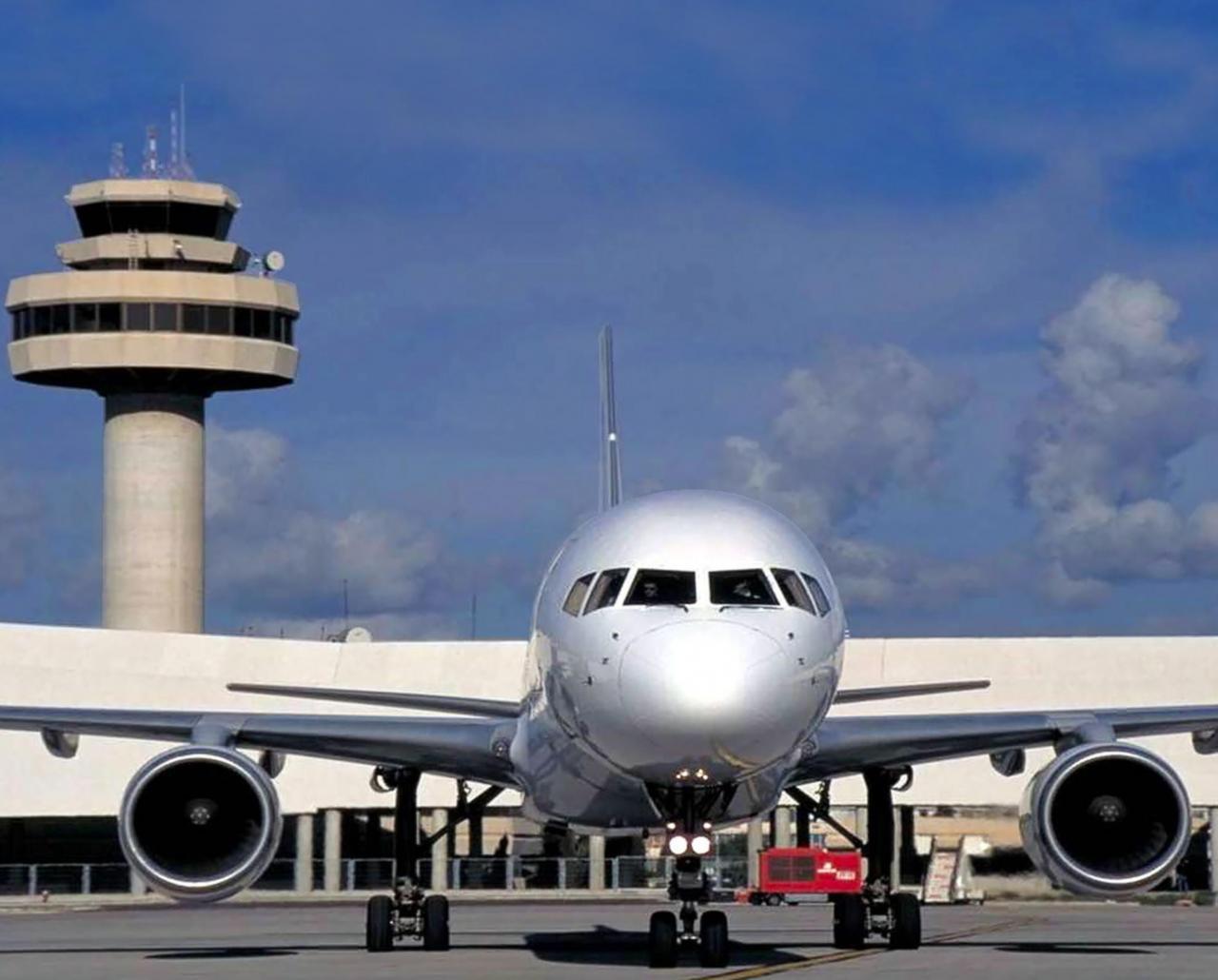The report into the residents' travel discount by the AIReF independent fiscal responsibility authority drew on an analysis of 855,246 flights and income information for passengers. This cross-referencing of flights and income was a controversial measure adopted by José Luis Ábalos when he was minister of development. This ministry has since been split, with Ábalos having retained the transport portfolio.
Of the 855,246 flights, 714,403 were between the Balearics and the mainland. The remainder were inter-island flights. AIReF analysed the percentage of residents on each flight, the average price of tickets paid by residents, the origin and destination of flights, and the average length of time tickets were purchased prior to flying. This information was then matched with income tax data.
One conclusion, which has previously been recognised, was that the increase in the discount from 50 to 75% led to an increased cost to the Spanish government that was not directly comparable with the greater discount. When this was still 50%, the government spent 83.6 million euros on subsidising Balearics flights to and from the mainland. Following the increase to 75%, the spending more than doubled - to 183.9 million euros. In the case of inter-island flights, the subsidy cost to the government went up from 16.6 million to 33.7 million euros.
As well as the increased discount having caused growth in the number of passengers, the price of tickets went up 15%. Further conclusions in the report include the fact that one per cent of the Balearic population attracted 16% of the subsidies and that air fares prior to the introduction of the 75% discount had been going down year-on-year. For Balearics and Canaries flights to and from the mainland between 2008 and 2018, there was an average 36% decrease.


1 comment
To be able to write a comment, you have to be registered and logged in
I have never fully understood, why the discount would had to be raised from 50% to 75%. Now it comes to haunt us. They should have kept it at 50% and then there probably would not be an issue about this.